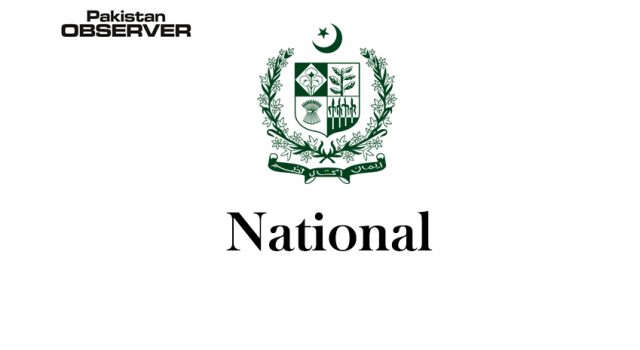Staff Reporter
Islamabad
Smog season is prevailing across the country with its varying intensity from city to city and area to area with increased number of patients visiting hospitals with serious respiratory issues, cold, cough and flu problems. Talking to media, Environmental Scientist at Sustainable Development Policy Institute (SDPI) Dr Imran Khalid said smog was prevailing in every city of the country, which should be realized by the all the stakeholders and general public. ‘No doubt air pollution is a silent killer and it creeps into the human body with unimaginable impacts on the respiratory and nervous system.
It should be noticed seriously that air quality in the federal capital is not moderate or healthy due to decreased temperature and increased density of suspended particles including particulate matter of 2.5 microns,’ he said. He said Karachi, Lahore, Peshawar, Islamabad, Faisalabad and other cities were in the spotlight due to data availability, however, the other cities either rural or urban all had polluted air, which also required air quality monitoring. The smog impact could be easily observed with the number of hospital visitors being observed in every district and city.
Dr Imran Khalid said it was need of the hour to sensitize and educate the masses about increasing risk of air pollution and smog. ‘We have to convince them especially the farmers to stop putting the crop stubble or residue at fire, avoid open household garbage burning and every one of the masses contributing to smog. At present, the situation is worst in Lahore, but it would gradually turn the entire city if the issue is being handled in a causal manner,’ he added.
According to Environmental Protection Department Punjab data the Air Quality Index (AQI) was 182 (Met Department) and 269 at Waga where the air quality was noted satisfactory and moderate respectively. However, the citizens were advised to wear masks, glasses and stay hydrated to avoid serious respiratory and health complications. An Environmental Protection Department of Punjab official told APP that other than the trans-boundary pollution from India there were certain pollution factors at the local level which required serious attention.
The stubble burning in the eastern Punjab of India was not that much in Pakistan as it had been only carried out in certain districts across the province, he said. ‘In Rawalpindi division, there is no issue of crop stubble burning rather two major factors of pollution are stone crushing units and brick kilns. Faisalabad alone has 450 textile mills and various other industrial units operating that put pressure on the environment. Similarly, Sialkot with its huge number of tanneries and sports manufacturing units increased the hazardous emissions contributing to the overall smog impact in the region,’ he added.










